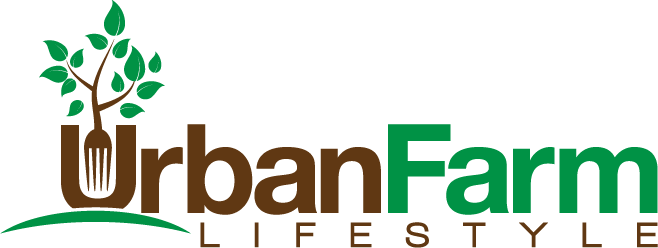
Fermentation
Fermentation of food is seeing a resurgence due to the presence of probiotics in fermented foods and drinks. Probiotics are live bacteria and yeast that are good for our digestive system. They help keep our gut healthy.
Enjoy,
David Proctor

Urban Farmer/Rancher
Food Processing
by David Proctor
November 30, 2023 Urban Farm Lifestyle Magazine Published Weekly
Urban Farm Lifestyle Magazine Published Weekly
We are all pretty familiar with fermentation and the production of alcohol.
We don’t think as much about fermentation when it comes to food preservation.
Instead of alcohol, another product is produced: lactic acid. Lactic acid kills off harmful pathogens.
This was used before proper cooking temperatures and refrigeration came about in modern times.
Some of the more popular foods that are fermented are sauerkraut and yogurt.
They become sour because the sugar is changed to lactic acid.
Some worry that they shouldn’t try to ferment food because of dealing with bacteria.
It just so happens that this is one of the safest ways to preserve food as long as good food preparation techniques are used such as cleaning surfaces, washing your hands, and the vegetables being washed.
Just a common sense type of thing to follow.
Sauerkraut is one of the best to try first for fermenting if you haven’t done it before.
The recipe I will use is for 9 quarts and is taken from:
USDA
Guide 6
Preparing and Canning Fermented Foods and Pickled Vegetables
SAUERKRAUT
25 lbs cabbage
3/4 cup canning or pickling salt
Quality: For the best sauerkraut, use firm heads of fresh cabbage.
Shred cabbage and start kraut between 24 and 48 hours after harvest.
Yield: About 9 quarts
Procedure: Work with about 5 pounds of cabbage at a time.
Discard outer leaves.
Rinse heads under cold running water and drain.
Cut heads in quarters and remove cores.
Shred or slice to a thickness of a quarter.
Put cabbage in a suitable fermentation container (see page 6-6), and add 3 tablespoons of salt.

Picture Courtesy Ohio Stoneware Pickling Crock
Mix thoroughly, using clean hands.
Pack firmly until salt draws juices from the cabbage.
Repeat shredding, salting, and packing until all cabbage is in the container.
Be sure it is deep enough so that its rim is at least 4 or 5 inches above the cabbage.
If juice does not cover the cabbage, add boiled and cooled brine (1-1/2 tablespoons of salt per quart of water).
Add plate and weights; cover the container with a clean bath towel.
Store at 70° to 75°F while fermenting.
At temperatures between 70° and 75°F, kraut will be fully fermented in about 3 to 4 weeks; at 60° to 65°F, fermentation may take 5 to 6 weeks.
At temperatures lower than 60°F, kraut may not ferment.
Above 75°F, kraut may become soft.
If you weigh the cabbage down with a brine-filled bag, do not disturb the crock until normal fermentation is completed (when bubbling ceases).
If you use jars as weight, you will have to check the kraut two to three times each week and remove scum if it forms.
Fully fermented kraut may be kept tightly covered in the refrigerator for several months or it may be canned as follows:
Hot pack—Bring kraut and liquid slowly to a boil in a large kettle, stirring frequently.
Remove from heat and fill hot jars rather firmly with kraut and juices, leaving 1/2-inch headspace.
Raw pack—Fill hot jars firmly with kraut and cover with juices, leaving 1/2-inch headspace.
Remove air bubbles and adjust the headspace if needed.

USDA Chart
Wipe the rims of jars with a dampened clean paper towel.
Adjust lids then process.
This is just the start of things, once you have made sauerkraut you can move on to other garden vegetables and drinks like Kombucha.
Check It Out!
Quick Tip

Bibliography:
DiLonardo, Mary Jo. “What Are Probiotics?” WebMD. N.p., n.d. Web.
“Fermentation in Food Processing.” Wikipedia. Wikimedia Foundation, n.d. Web. 30 Nov. 2023.
USDA-Guide 6-Preparing and Canning Fermented Foods and Pickled Vegetables
https://www.mountainfeed.com/collections/pickling-fermentation/products/5-gal-stoneware-crock

Recent Comments